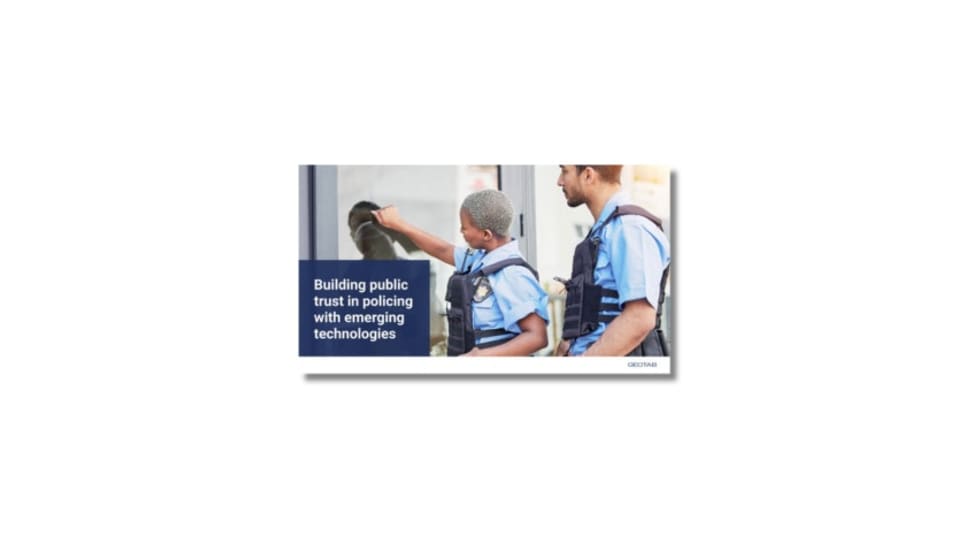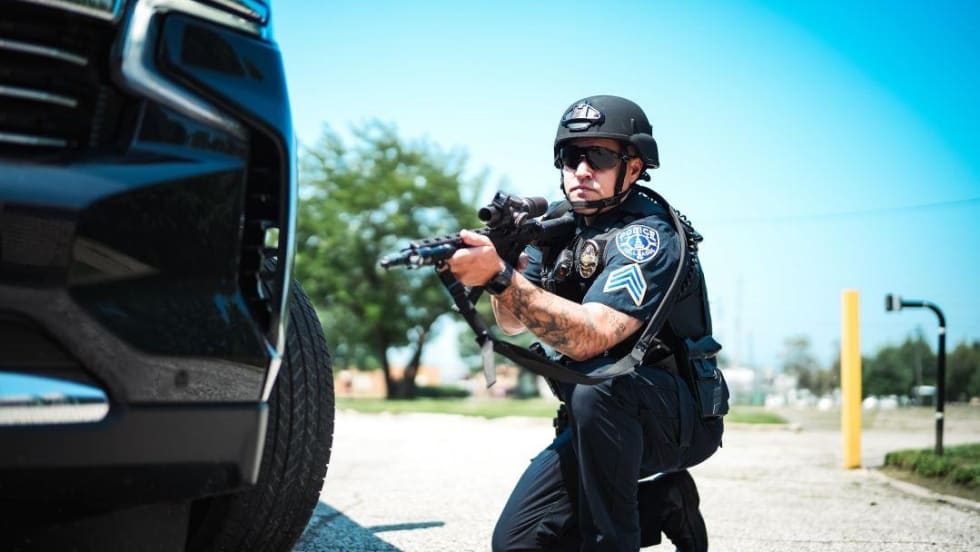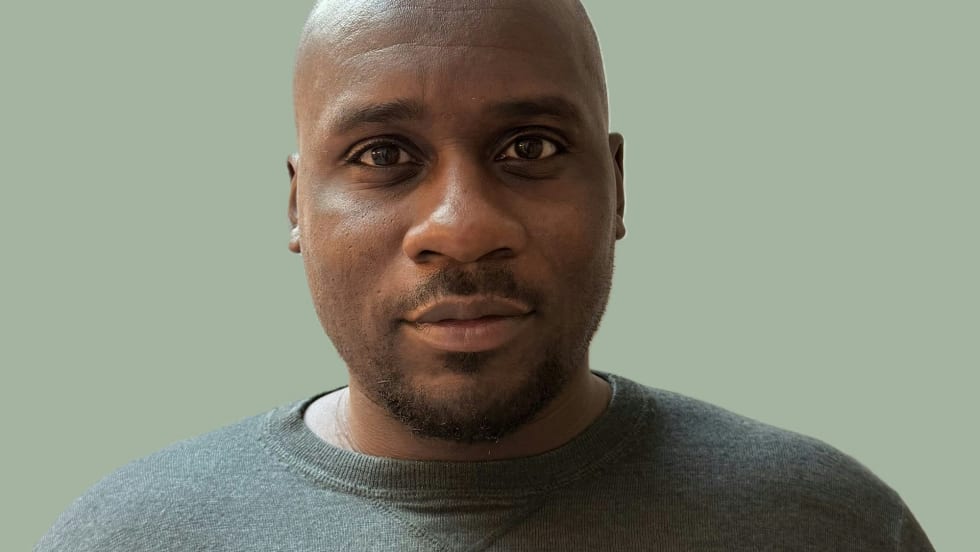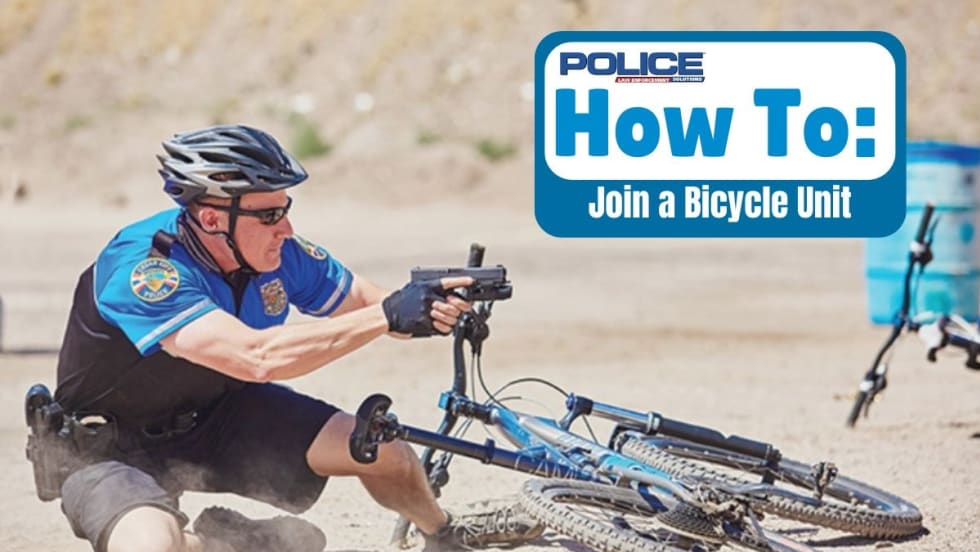Earlier this year, the Associated Press published a disturbing report saying that 29 police recruits have died in training since 2015. I have no reason to doubt the veracity of this report. POLICE has covered some of these incidents on PoliceMag.com . And the AP says it compiled its data from official law enforcement death reports, workplace safety records, and news reports.
The AP says recruit deaths during academy training tend to be caused by three main factors: old fashioned attitudes about hydration and heat injury, the fact that some recruits are now much older than they were in the past, and sickle cell trait.










